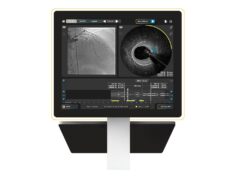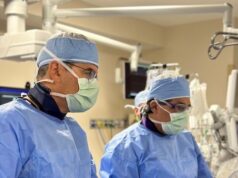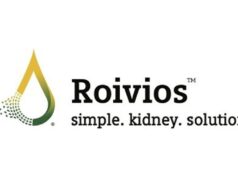 The American College of Cardiology (ACC) and American Heart Association (AHA) have jointly published new guidelines on the diagnosis and management of aortic disease.
The American College of Cardiology (ACC) and American Heart Association (AHA) have jointly published new guidelines on the diagnosis and management of aortic disease.
The document, which has been published in both the Journal of the American College of Cardiology (JACC) and Circulation is intended to guide decision-making around diagnosis, screening, medical therapy, endovascular and surgical treatment, and long-term surveillance of patients with aortic disease.
Among the developments in the latest version, the guideline recognises the increasing role for thoracic endovascular aortic repair (TEVAR) in the management of uncomplicated type B aortic dissection, in line with clinical trials of repair of thoracoabdominal aortic aneurysms with endografts that have reported results suggesting that endovascular repair is an option for patients with suitable anatomy.
Additionally, the use of a multidisciplinary aortic team is strongly advocated, with the guideline’s writing committee suggesting that outcomes for patients with aortic disease are “enhanced at programmes with higher volumes, experienced practitioners, and extensive management capabilities”.
“There has been a host of new evidence-based research available for clinicians in the past decade when it comes to aortic disease. It was time to re-evaluate and update the previous, existing guidelines,” said Eric M Isselbacher (Massachusetts General Hospital, Boston, USA), guideline writing committee chair. “We hope this new guideline can inform clinical practices with up-to-date and synthesised recommendations, targeted toward a full multidisciplinary aortic team working to provide the best possible care for this vulnerable patient population.”
Among the new recommendations in the guideline, the threshold for surgical intervention for sporadic aortic root and ascending aortic aneurysms has been lowered from 5.5cm to 5cm in certain individuals—reflecting that the risk of aortic aneurysm or dissection increases with size. With this recommendation, select individuals may get surgery sooner to prevent death from an aortic aneurysm or dissection.
In addition, the guideline updates the definition for rapid aneurysm growth rate, and surgery is recommended for individuals with aneurysms of aortic root and ascending thoracic aorta with a confirmed growth rate of ≥0.3cm per year across two consecutive years or ≥0.5 cm in one year. Rapid aortic growth is a risk factor for rupture, the authors of the document note.
The guideline also recommends modifying surgical thresholds in patients who are significantly smaller or taller than average. Guidance for the size of aortic injury that would indicate a need for surgery should be adjusted for the patient’s body surface area or height.
Other important recommendations reflected in the document include the use of family screening, including genetic testing and imaging, to identify those at high-risk of aortic disease; a need for consistency in the acquisition and reporting of computed tomography (CT) or magnetic resonance imaging (MRI) in the measurement of aortic size and features.










